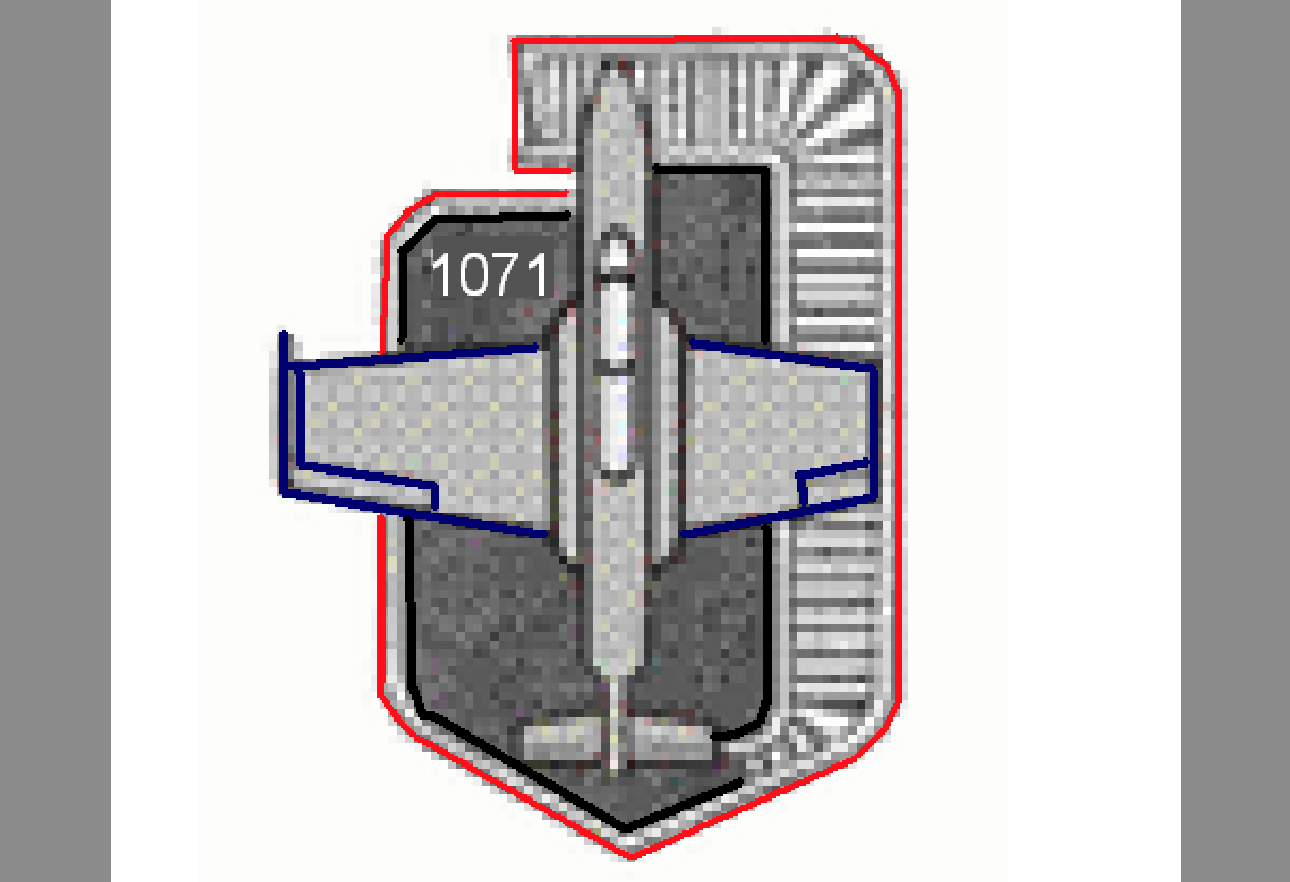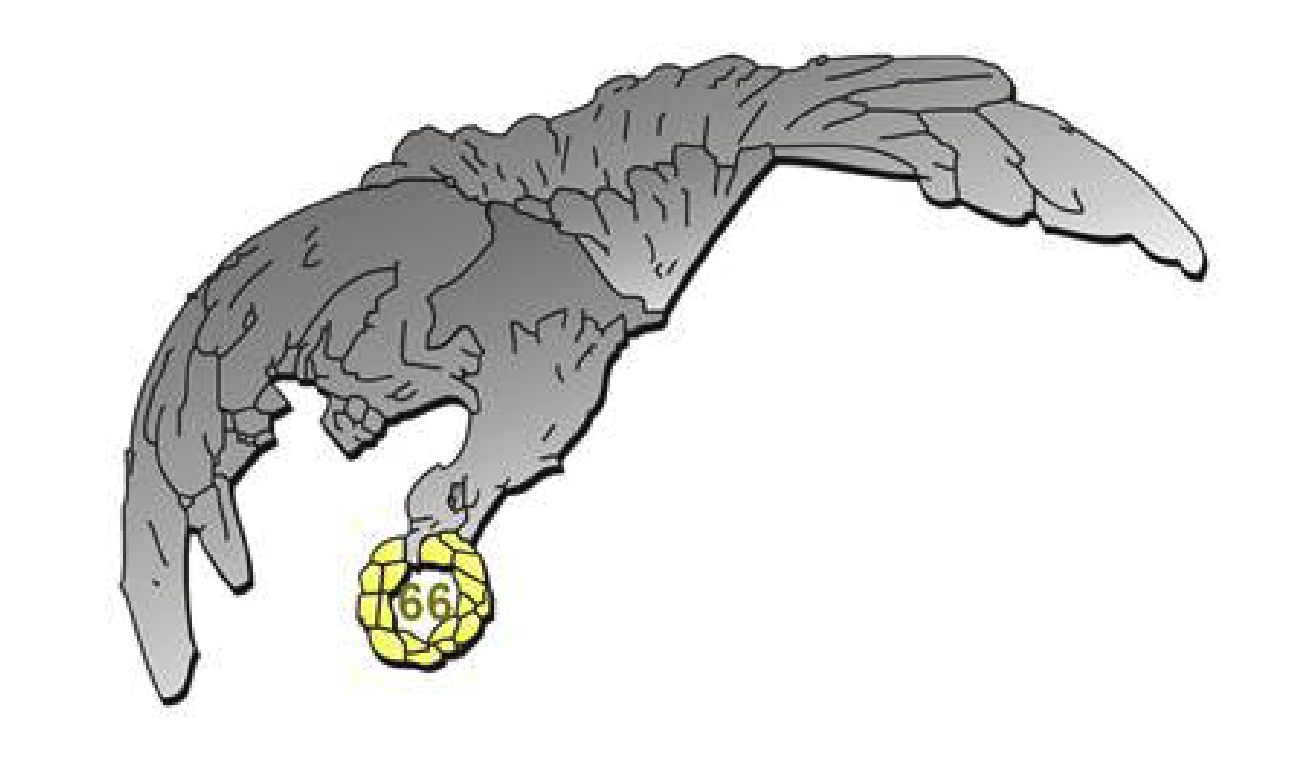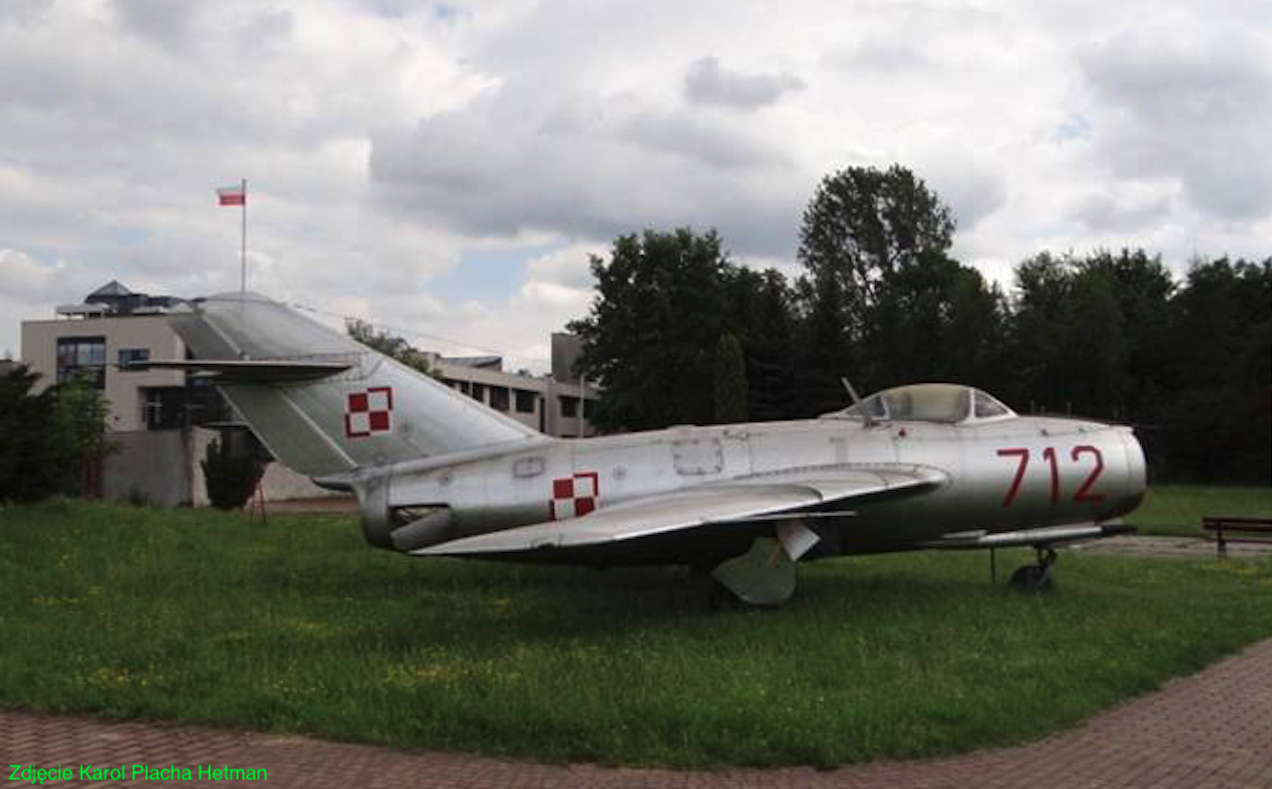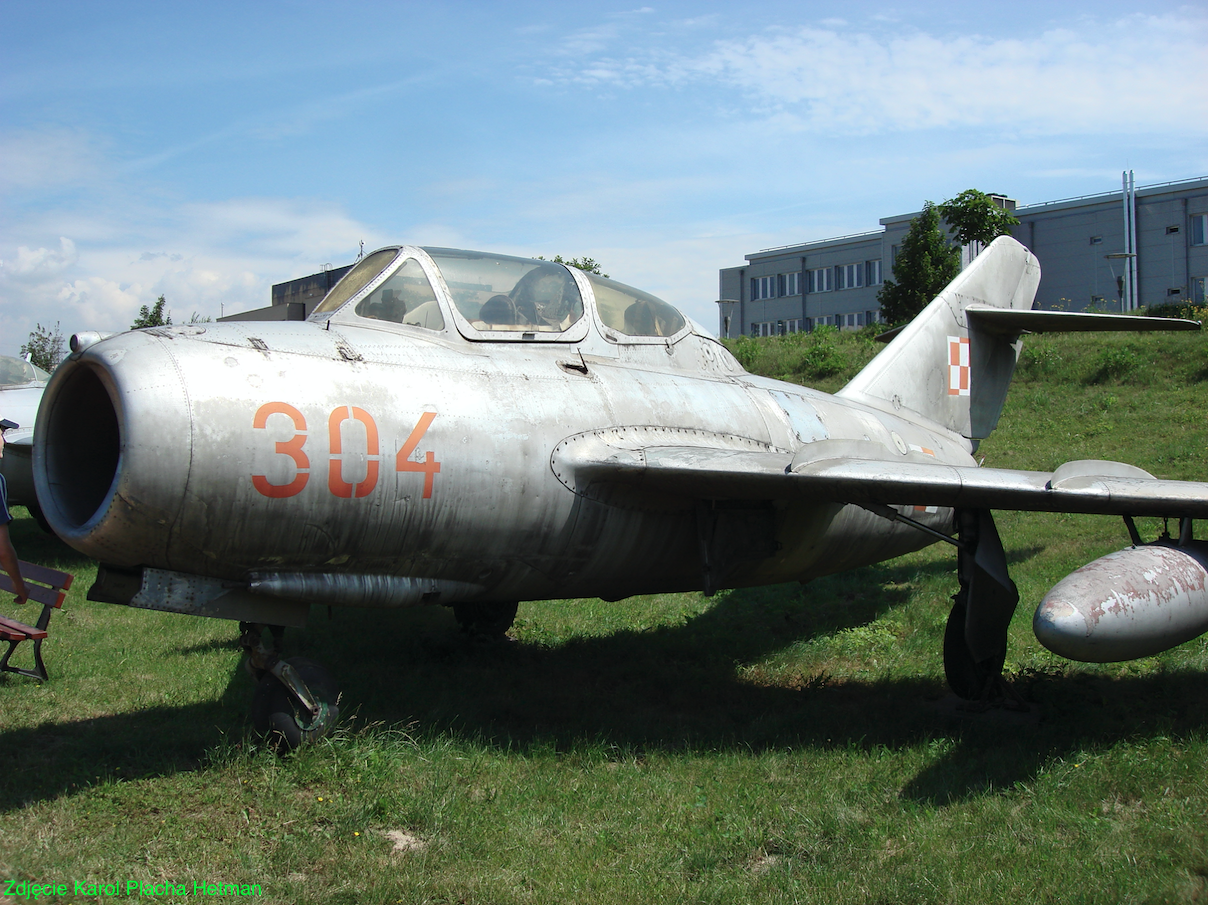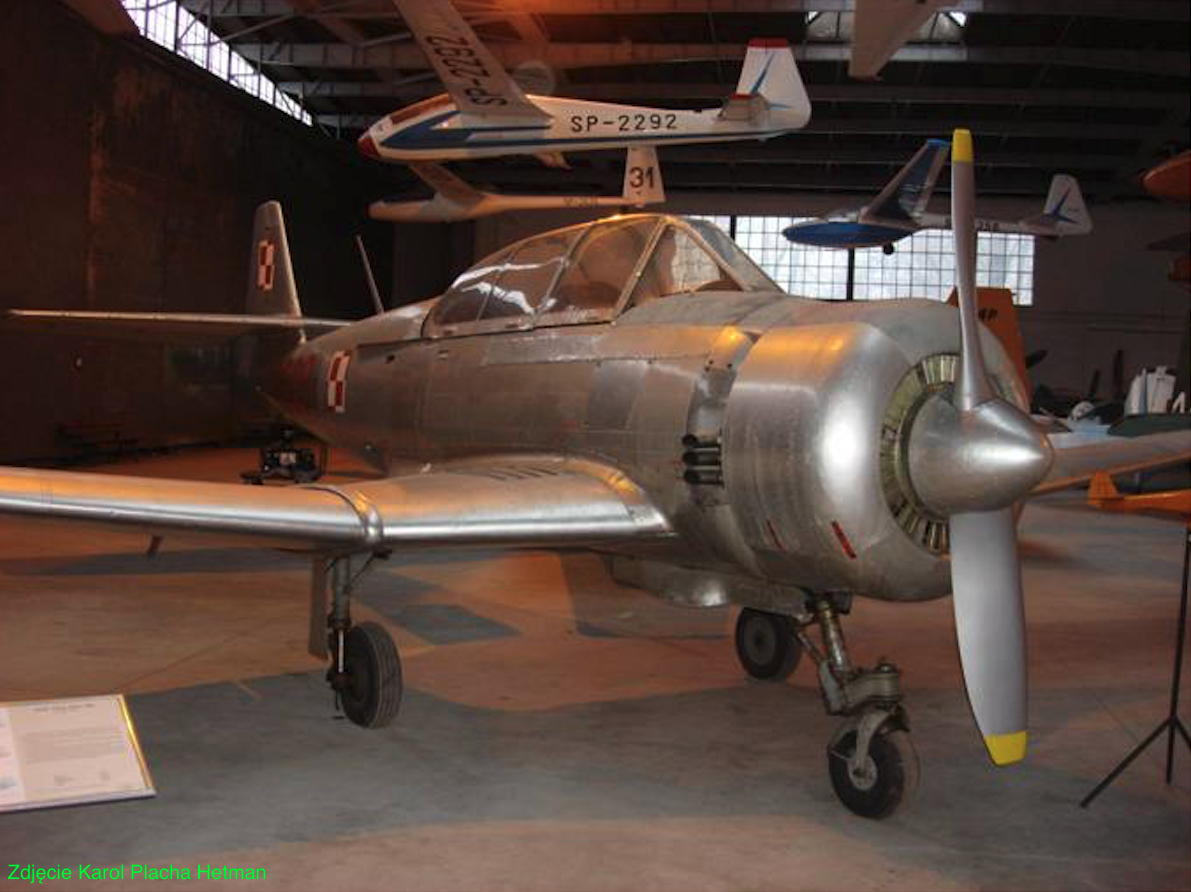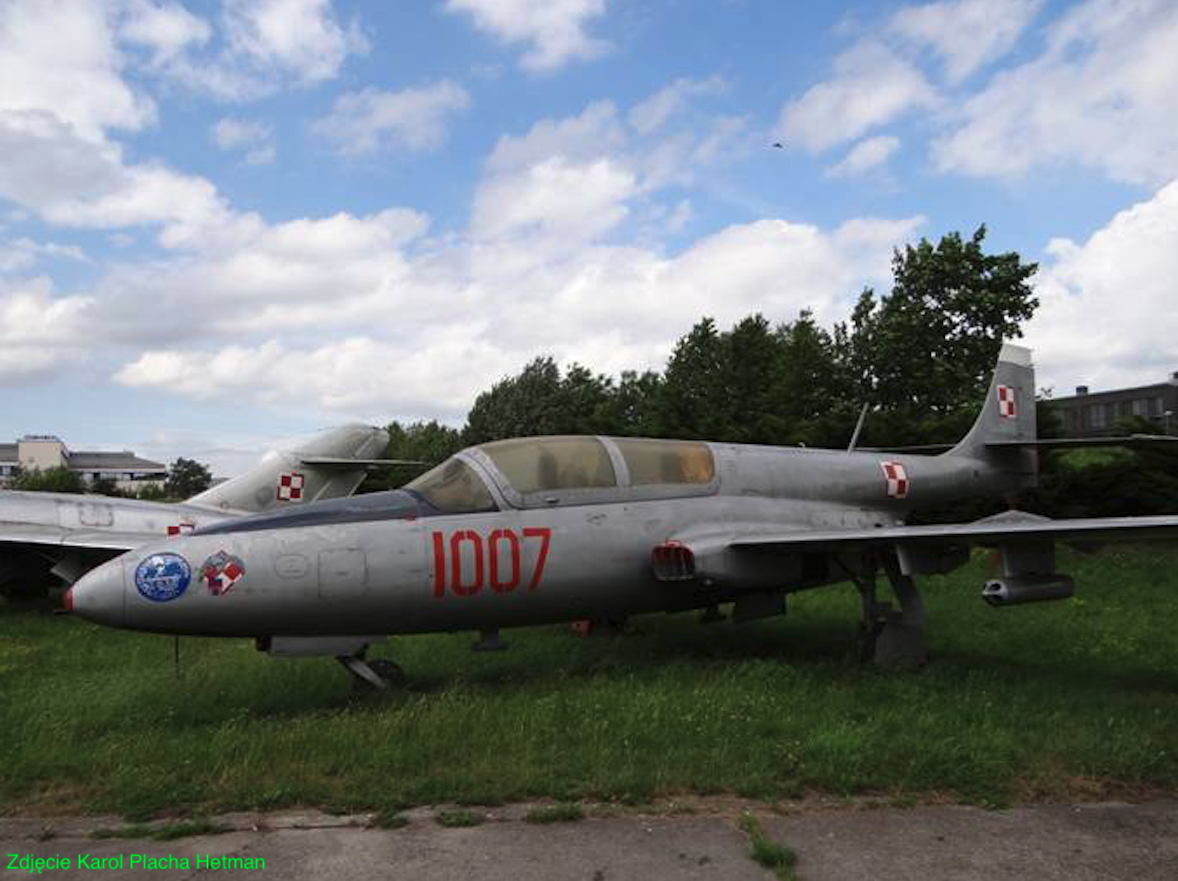Tomaszów Mazowiecki 2012-10-31
66th Air Training Regiment – Nowy Glinnik Airport.
History of the 66th LPSz.
Before we tell the story of the 66th LPSz, we must go back to 1957, when the 63rd Air Training and Combat Regiment was established at the modern Nowy Glinnik Airport. It was formed on the basis of the 3rd Combat Pilotage Squadron in Tomaszów Mazowiecki and the 6th Transitional Pilotage Squadron also in Tomaszów Mazowiecki. These squadrons were subordinated to the Aviation School in Radom. Major pilot Kazimierz Ciepiela became the commander of the new Regiment.
The regiment has not yet started its operations for good, and has already been disbanded. What was the reason?
Well! At the end of 1957, there was the fourth and last case of a Polish military pilot escaping to the West using a MiG-15 combat aircraft. The first was Mr. pilot Franciszek Jarecki (1953, 28. PLM Słupsk MiG-15 bis No. 3046 / 346), the second was pilot Zdzisław Jaźwiński (1953, 41. PLM Malbork MiG-15 bis), the third was pilot Zygmunt Gościniak ( 1956, 26. PLM Zegrze Pomorskie Lim-2 No. 1B 013-027 / 1327), the last one was pilot Lieutenant Bogdan Kożuchowski (November 7, 1957, 31. PLM Łask Lim-2 nb 1B 019-019 / 1919).
There is no space here for the details of escapes and their consequences. Nevertheless, we must strongly emphasize that it was the colleagues and families who remained in the country who suffered the most. Since the communists were powerless against the refugees (whom they sentenced to death in absentia), they took it out on their superiors, subordinates, colleagues and families. The effects of the decisions taken in the Ministry of National Defense were far-reaching. Sometimes they touched people who were not connected with the whole case at all.
The last escape from the 31st PLM Łask caused a change in the tasks set for the unit. The 31st Fighter Aviation Regiment was reformed into the 31st Training and Combat Aviation Regiment. Therefore, on May 22, 1958, the Order of DWL and OPL OK was published. No. 07/org on the basis of which the 63rd Air Training and Combat Regiment in Tomaszów Mazowiecki was disbanded. Undoubtedly, the 63rd Aviation Training and Combat Regiment was the shortest operating unit in the history of Polish Aviation.
However, it would be wasteful to leave a modern military airport without an aviation unit. The permanent host of the Nowy Glinnik Airport was the Supply Battalion (JW. 3247). Therefore, the 2nd Squadron from the 61st Air Training and Combat Regiment in Nowe Miasto nad Pilicą was ordered to be based at the Nowy Glinnik Airport. As a result, social and living conditions in Nowe Miasto improved. Not without significance was the short distance between the two airports. In a straight line, only 33 km, and 37 km by car.
At that time, the existence of one unit at two airports of permanent base was something unusual. Therefore, in 1960, appropriate decisions were made. On the basis of the DWL and OPK Order No. 07 / org of June 22, 1960, the 66th Air Training and Combat Regiment was established as part of the military education system as part of the Officers’ Aviation School. Żwirki i Wigury in Radom. Executive details regarding the staffing and structure of the unit were included in the Organizational Order of the Commander of OSL No. 071 of July 13, 1960, which ordered major pilot Kazimierz Ciepiela, appointed as commander, to form the 66th LPSz, according to the full-time position 22/454, as JW . The foundation of the 1071st was the Supply Battalion and the 2nd Squadron from 61 LPSz-B. Nowy Glinnik Airport was designated as a permanent base. In this way, Major Pilot Kazimierz Ciepiela again started to organize an air training regiment.
The basic aviation equipment was the MiG-15, Lim-1 aircraft and their two-seat versions, as well as the training and training TS-8 Bies.
At the beginning of the 1960s, the Regiment’s tasks were focused on the typical mastery of the art of piloting by cadets. There was little combat training. Therefore, the name of the Regiment was changed to the 66th Air Training Regiment, without a combat word.
On August 27, 1961, the 66th LPSz received a banner founded by the crew of Tomaszowskie Zakłady Włókien Sztucznych "Wistom". On behalf of the Minister of National Defense, the banner was handed over by Brigadier General Zdzisław Bobecki. It was an important ceremony, as it confirmed the integration of the Military Unit with the local society.
On June 19, 1963, the Regiment experienced its first air tragedy. Tomasz Roter, senior private officer cadet, died of the airman’s death.
In 1964, the Aviation School in Radom ceased to exist. Therefore, the subordination of the 66th LPSz was changed to the Janek Krasicki Officers’ Aviation School in Dęblin.
The year 1965 was important for the regiment. A modern, turbojet-powered, TS-11 Iskra training and training aircraft began to be introduced into the equipment. For this purpose, a group of pilot-instructors went to Dęblin. They began their theoretical training on October 1, 1965. They started learning to fly at Radom Airport in December 1965. The pilots quickly mastered the new aircraft and returned to the Nowy Glinnik Airport as instructors. Soon (January 1966) the first PZL TS-11 Iskra aircraft were accepted into the unit. In order for the training to run smoothly, 12 pilot-instructors were delegated from the Radom Airport to the Nowy Glinnik Airport. In May 1966, one squadron was ready to train cadets on this type of aircraft.
The introduction of the TS-11 Iskra aircraft into normal operation took three years. This was due to childhood diseases of the TS-11 Iskra aircraft and the solution to supply and storage problems. Today we would call it logistics. Younger readers still need to know about the permanent crisis of the communist rule of the Polish People’s Republic of Władysław Gomułka in the 1960s, which was also felt in the army.
Until 1971, cadets underwent training on TS-8 Bies aircraft, and only then training on TS-11 Iskra aircraft. From 1971, TS-8 Bies aircraft were withdrawn from the training process. It was related to new methods of learning to fly so that the aviator would not acquire harmful habits for piloting fast machines. From 1972, the Regiment trained exclusively on turbojet aircraft.
The 70s of the 20th century was a period of peaceful training, interrupted, however, by three disasters and the death of four pilots. On May 26, 1972, senior corporal cadet pilot Jan Wilk died. On September 29, 1973, pilot cadet sergeant Tadeusz Kielecki died. On May 27, 1978, the following died: platoon cadet pilot Kazimierz Milaniuk and lieutenant pilot engineer Stanisław Kaczor. Honor their memory! Fortunately, these were the only air tragedies that affected the 66th LPSz.
The end of the 1980s was a period of major changes in the Polish Military Aviation. The great of this world concluded treaties on the limitation of armaments. An open skies policy was started to be applied in order to facilitate commercial contacts between countries. Tasks for military aviation training have been reduced. For the 66th LPSz, this meant its disbandment. The then commander of the Air Force and Air Defense was Lieutenant General pil. Jerzy Gotała, and the commander of the Military Aviation Academy in Dęblin was Brig. Gen. drink Miroslaw Hermaszewski. TS-11 Iskra aircraft have been redeployed to Radom Airport and Dęblin Airport.
In the autumn of 1989, an order was issued to disband the 66th LPSz on December 31, 1989.
The list of commanders of the 66th LPSz:
Col. pil. Kazimierz Ciepiela, MA (June 22, 1960 – January 29, 1979). Dipl. Col. drink Ireneusz Witecki (January 29, 1979 – October 21, 1981). Dipl. Col. drink Alexander Wieshtort (October 21, 1981 – August 22, 1987). Lt. Col. drink Janusz Karpowicz, MA (August 22, 1987 – December 31, 1989).
Written by Karol Placha Hetman

